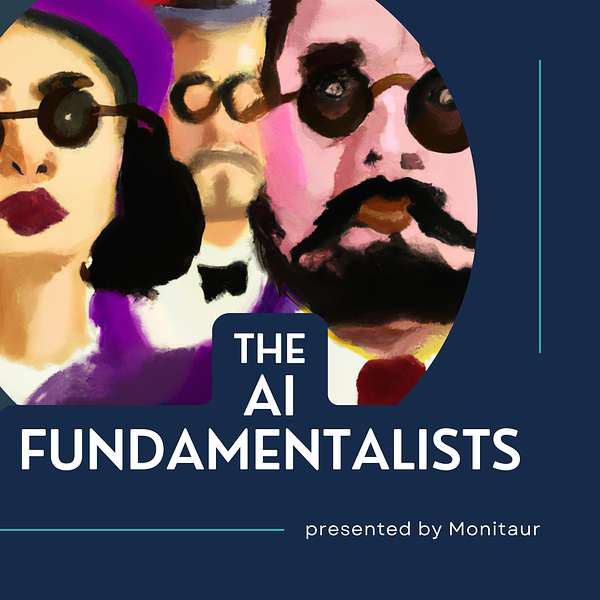
The AI Fundamentalists
A podcast about the fundamentals of safe and resilient modeling systems behind the AI that impacts our lives and our businesses.
The AI Fundamentalists
Digital twins in AI systems
•
Dr. Andrew Clark & Sid Mangalik
•
Season 1
•
Episode 7
Episode 7. To use or not to use? That is the question about digital twins that the fundamentalists explore. Many solutions continue to be proposed for making AI systems safer, but can digital twins really deliver for AI what we know they can do for physical systems? Tune in and find out.
Show notes
- Digital twins by definition. 0:03
- Digital twins are one-to-one digital models of real-life products, systems, or processes, used for simulations, testing, monitoring, maintenance, or practice decommissioning.
- The digital twin should be indistinguishable from the physical twin, allowing for safe and efficient problem-solving in a computerized environment.
- Digital twins in manufacturing and aerospace engineering. 2:22
- Digital twins are virtual replicas of physical processes, useful in manufacturing and space, but often misunderstood as just simulations or models.
- Sid highlights the importance of identifying digital twin trends and distinguishing them from simulations or sandbox environments.
- Andrew emphasizes the need for data standards and ETL processes to handle different vendors and data forms, clarifying that digital twins are not a one-size-fits-all solution.
- Digital twins, AI models, and validation in a hybrid environment. 6:51
- Validation is crucial for deploying mission-critical AI models, including generative AI.
- Sid clarifies the misconception that AI models can directly replicate physical systems, emphasizing the importance of modeling specific data and context.
- Andrew and Susan discuss the confusion around modeling and its limitations, including the need to validate models on specific datasets and avoid generalizing across contexts.
- Referenced article from Venture Beat, 10 digital twin trends for 2023
- Digital twins, IoT, and their applications. 11:05
- Susan and Sid discuss the limitations of digital twins, including their inability to interact with the real world and the complexity of modeling systems.
- They reference a 2012 NASA paper that popularized the term "digital twin" and highlight the potential for confusion in its application to various industries.
- Sid: Digital twinning requires more than just IoT devices, it's a complex process that involves monitoring and IoT devices across the physical system to create a perfect digital twin.
- Andrew: Digital twins raise security and privacy concerns, especially in healthcare, where there are lots of IoT devices and personal data that need to be protected.
- Data privacy and security in digital twin technology. 17:03
- Digital twins and data privacy face off in IoT debate.
- Susan and Andrew discuss data privacy concerns with AI and IoT, highlighting the potential for data breaches and lack of transparency.
- Digital twins in healthcare and technology. 20:16
- Susan and Andrew discuss digital twins in various industries, emphasizing their imp
What did you think? Let us know.
Do you have a question or a discussion topic for the AI Fundamentalists? Connect with them to comment on your favorite topics:
- LinkedIn - Episode summaries, shares of cited articles, and more.
- YouTube - Was it something that we said? Good. Share your favorite quotes.
- Visit our page - see past episodes and submit your feedback! It continues to inspire future episodes.



